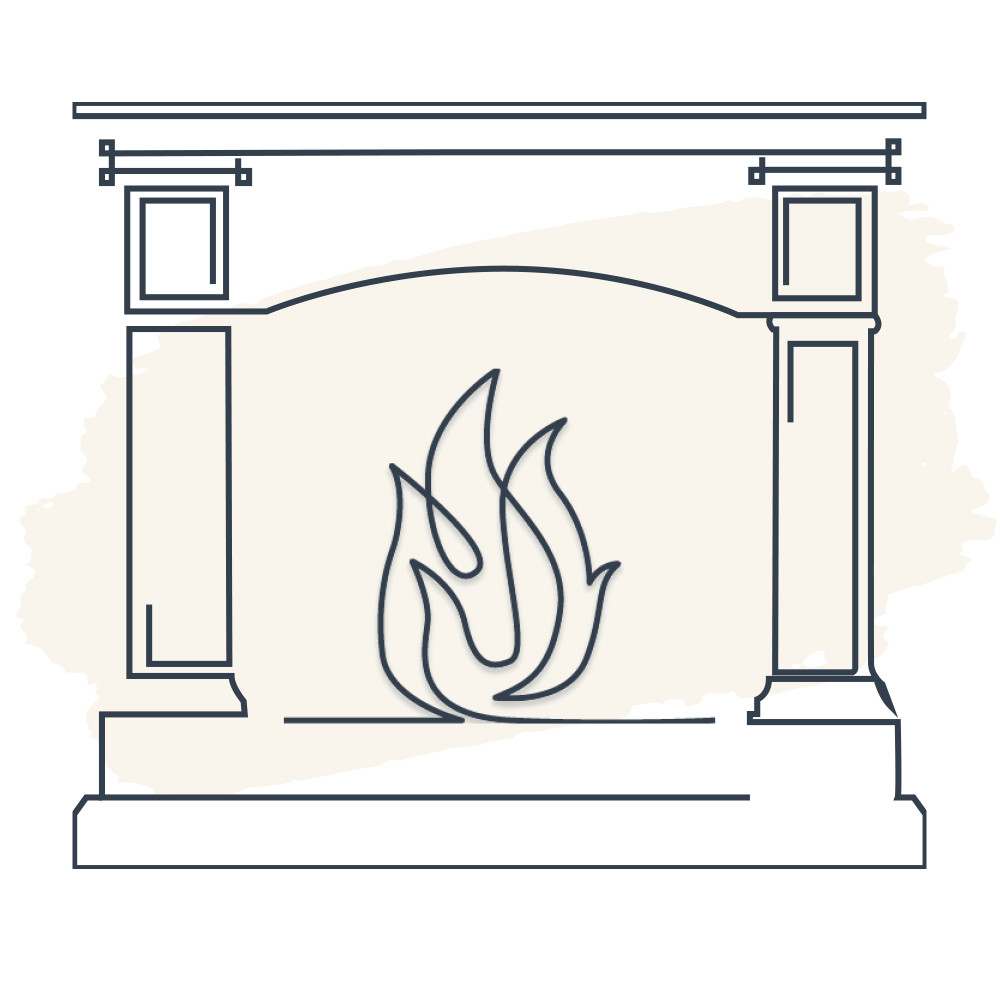Reviewed by: Dr Jackie Gray, Public Health Expert and Retired GP
(Carents Trusted Reviewer Programme – Last reviewed July 2025)
On this page:
- Why Carbon Monoxide Is Especially Dangerous for Older Adults
- Why is Carbon Monoxide Dangerous?
- Symptoms of Carbon Monoxide Poisoning
- Invisible and Odourless
- Common Household Sources of Carbon Monoxide
- Simple Steps to Prevent Carbon Monoxide Poisoning
- Recognising a Carbon Monoxide Leak
- Carbon Monoxide Detectors: Your Best Defence
- What to Do if Your Elderly Parent Might Have CO Poisoning
- Home Safety Checklist for Older Adults
- Legal Responsibilities for Landlords
- Frequently Asked Questions
- Free eBook: Helping You Look After Your Loved Ones
Why Carbon Monoxide Is Especially Dangerous for Older Adults
In the UK, about 40 people die each year from carbon monoxide poisoning. Older adults are more at risk, especially if they already have breathing or heart problems. Babies, children, and pregnant women are also vulnerable.
Even a small amount of CO can cause serious illness with early symptoms such as headaches or sickness, and higher levels can be deadly. Taking a few small steps can prevent tragedy.
Why is Carbon Monoxide Dangerous?
Short-term exposure may cause:
-
Dizziness
-
Nausea, vomiting, or stomach pain
-
Chest pain or breathlessness
-
Collapse or confusion
-
Seizures, coma, or death
Long-term exposure can lead to:
-
Fatigue
-
Changes in mood or memory
-
Balance problems
-
Sleep disturbance
-
Muscle spasms or tinnitus
-
Dementia-like symptoms
Pets can also be affected, if they suddenly become drowsy, vomit, or struggle to breathe, consider CO poisoning as a possible cause.
Symptoms of Carbon Monoxide Poisoning
Acute exposure to CO can cause:
-
Dizziness
-
Nausea, vomiting, or stomach pains
-
Chest pain or generalised pain
-
Breathlessness
-
Collapse
-
Seizures
-
Coma
-
Death
Chronic exposure over time may lead to:
-
Persistent fatigue
-
Mood or personality changes
-
Muscle spasms
-
Tinnitus (ringing in the ears)
-
Sleep disturbances
-
Confusion or dementia-like symptoms
-
Balance problems
-
Stomach pains
Pets are also vulnerable to CO poisoning. If they exhibit sudden behavioural changes, drowsiness, vomiting, difficulty breathing, or develop bright cherry-red lips, ears, and gums, CO exposure should be considered as a possible cause.
Invisible and Odourless
You can’t see, hear, or smell carbon monoxide. It builds up when fuel-burning appliances aren’t working properly or when ventilation is poor.
The fix: Install CO alarms in every room with a gas, oil, or solid-fuel appliance. They cost around £15–£20. Test them every month and replace them as the manufacturer recommends.
Common Household Sources of Carbon Monoxide
-
Gas cookers
-
Boilers
-
Fires and log burners
-
Gas or paraffin heaters
-
Oil-burning stoves
-
Barbecues
-
Car engines
-
Cigarettes
Simple Steps to Prevent Carbon Monoxide Poisoning
-
Have a Gas Safe Registered engineer check all gas appliances yearly.
-
Clean chimneys and flues annually.
-
Never run a car engine in a closed garage.
-
Don’t bring a barbecue inside a tent or enclosed space.
-
Keep rooms well ventilated when using heaters or fires.
Recognising a Carbon Monoxide Leak
Look for:
-
Yellow or orange flames instead of blue.
-
Dark stains around appliances.
-
More condensation than usual.
-
Pilot lights that blow out often.
Carbon Monoxide Detectors: Your Best Defence
Smoke alarms won’t detect carbon monoxide, you need a separate CO alarm. Look for the UK safety standard (EN 50291) and choose one with an audible alarm.
If anyone in the home has hearing or vision loss, pick a model with a strobe light or vibration alert. Most alarms last 5–10 years, but test them regularly and replace them when needed.
What to Do if Your Elderly Parent Might Have CO Poisoning
If you suspect CO poisoning:
-
Open all doors and windows to let in fresh air.
-
Move everyone outside immediately.
-
Call 999 if anyone shows symptoms.
-
Tell emergency staff you suspect CO poisoning.
-
Call the Gas Emergency Service at 0800 111 999.
-
Don’t go back inside until professionals say it’s safe.
-
Have a Gas Safe engineer check all appliances before using them again.
Home Safety Checklist for Older Adults
Carbon monoxide is only one part of home safety for older adults. While checking alarms, it’s worth reviewing a few other essentials:
-
Make sure smoke alarms are also working.
-
Keep walkways clear of clutter or cables.
-
Install grab rails in bathrooms if balance is an issue.
-
Keep a torch and spare batteries nearby in case of power cuts.
-
Write down key emergency numbers and keep them near the phone.
These small changes create a safer, calmer space for your parent and peace of mind for you.
Legal Responsibilities for Landlords
Landlords must install carbon monoxide alarms in rental properties across the UK. You can find more details on government websites for England, Scotland, Wales and Northern Ireland.
Frequently Asked Questions
WHAT OUR CARENTS SAY
Free eBook: Planning for an Emergency
Sadly, many Carents know that later life can be challenging for older adults living with ongoing health problems, often leading to physical, financial, or emotional difficulties.
By planning ahead, you can greatly reduce the risks and dangers of these vulnerable situations.
Simply complete the form and the eBook will be sent to you via email.
Reviewed by Dr Jackie Gray, July 2025
